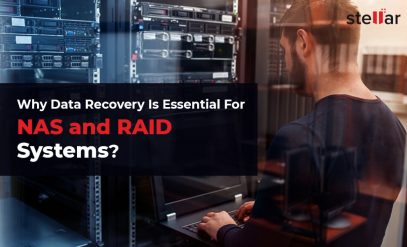Over the past few decades the continuous growth of the large-scale applications has changed the way the data is stored. With the emergence of software and object based approaches, the native hardware and file based systems has been side-lined. The object-oriented concept of treats everything like pictures, videos, games, or any data like objects. Since, the data are never modified, the focus lies on capacity rather than performance. Thus, on demand and real time analytics has become very imperative. The entire concept of the storage infrastructure lies on the data centres and the application traffic. With Ethernet, we can see an explosive growth of virtual server and desktop infrastructure. This growth is supported by a phenomenal increase in mobile devices and cloud computing techniques. There are various other factors, which has completely changed the concept of storage devices and their architectures. In order to achieve the increasing growth demand of the industry, we need to find a new approach that fulfils the need of various applications and data centre.
The Seagate has launched an innovative Kinetic Open Storage Vision to achieve this. It is a combination of a new class of Ethernet drivers, developer tools, software-defined API’s, and Object-based approaches. It aims to optimize the current and future demands of the applications by enabling the most efficient devices, interface, software, protocols, etc. With this, all the object-based applications can make use of the storage infrastructure, thus providing a significant gain in performance and cost. It is seen that, the Seagate Kinetic Storage Platform has overcome all the limitations of the native data centres like the distribution and capacity of the highly unstructured data and applications. Whereas the data centres being currently used activates a channel between two dissimilar systems like one having Object-oriented application layers and the other with hardware layer. Most of the mass scale object applications do not need any semantics or system to determine the strategy for space management on a device. However, many modern applications need object semantics to read, write, and delete and is least affected by where the data resides on a given device.
In order to combat all these complexities, the Seagate Kinetic Storage platform has restructured the stack from the bottom up. With this any object-oriented applications could directly connect with the language of the storage device.
Seagate Kinetic Storage
- Provides easy-to-use APIs for simplest semantic abstraction and the broadest set of applications
- Applications take the best advantage of the storage features by targeting them directly.
- The drive efficiently manages various functionalities like Key Ordering, Quality of service, policy based data migration, failure management, and data security
- The Seagate Kinetic Storage model has a number of significant implications like dense racks, minimum fans, simplified data centre management, isolated storage, removal of the traditional storage server, and cost-effective.







